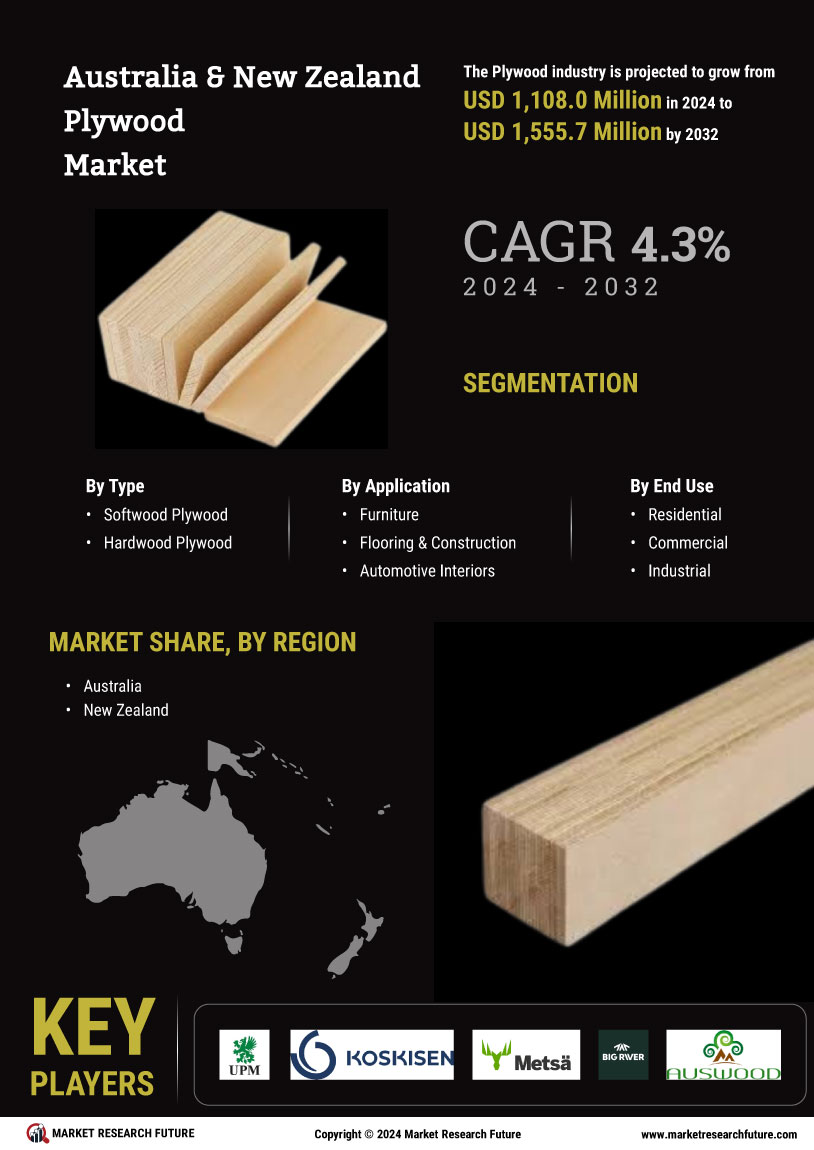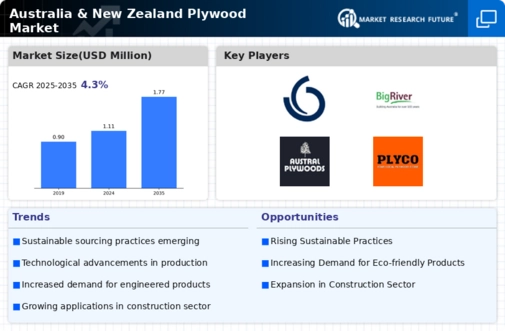The rising number of residential and commercial projects is driving the market growth
The rising number of residential and commercial projects is one of the prime drivers for the Australia and New Zealand plywood market. There is a surging demand for plywood for the manufacturing of construction materials and furniture across the regions. The excellent features of plywood such as high strength, more reliability, enhanced stability, and improved impact resistance make it ideal for used in residential and commercial spaces. In addition, plywood is also used to manufacture floor and wall coverings in residential and commercial spaces.
Furthermore, the growing adoption of plywood in residential and commercial areas due to increasing living standards, along with inflating income levels of individuals, is positively influencing the market. Furthermore, the rising fundings for residential and commercial projects will further drive the market growth over the projected timeline. For instance, in January 2024, Australian government’s Housing Australia Future Fund Facility (HAFFF) and National Housing Accord Facility (NHAF) has announced to develop 30,000 social and affordable homes in the next five years.
Increasing demand from end user industries is driving the growth of the market
The increasing demand of plywood from various end-used industries such as Furniture, Construction and Building, Flooring, Cabinetry, Automotive Interiors, Packaging, among others will drive the Australia & New Zealand Plywood market growth during the forecast period. The increasing demand for high-quality and designer furniture that does not break easily and provide aesthetically appealing will rise its adoption in Furniture industry. Furthermore, the increasing application of plywood-based products such as almirahs, desks, and cabinets, in commercial and offices applications will further fuel the market growth.
In addition, the rising adoption of plywood in manufacturing doors, concrete shuttering, stairs, interior rails, seatings, stringers, framing, external cladding, interior fixtures, and balustrades, internal paneling, and timber joinery products will further offer the lucrative growth opportunities to the market growth. In addition, the construction industry demands plywood for various applications, including flooring, roofing, and wall paneling. Plywood is widely used in the construction industry for its durability, high strength, and cost-effectiveness.
Plywood Market
The Australia and New Zealand plywood market exhibits a robust demand trajectory, driven by increasing construction activities and sustainable building practices, which collectively underscore the sector's resilience and adaptability.
Australian Bureau of Statistics















Leave a Comment